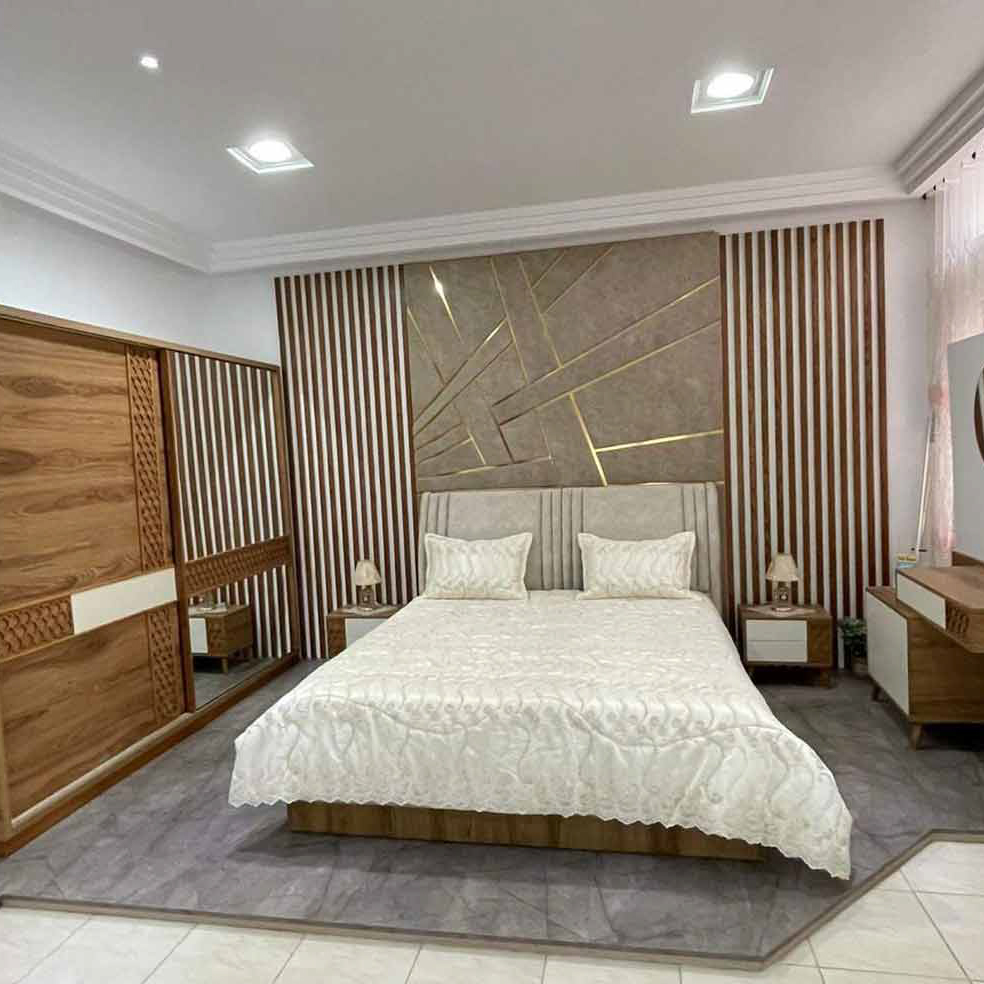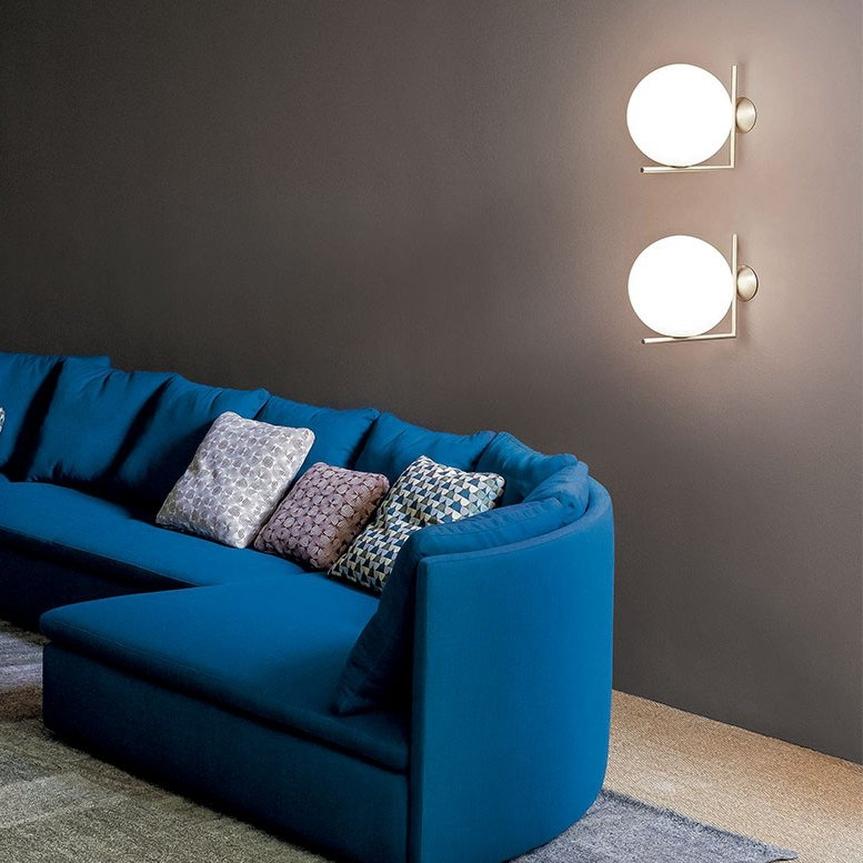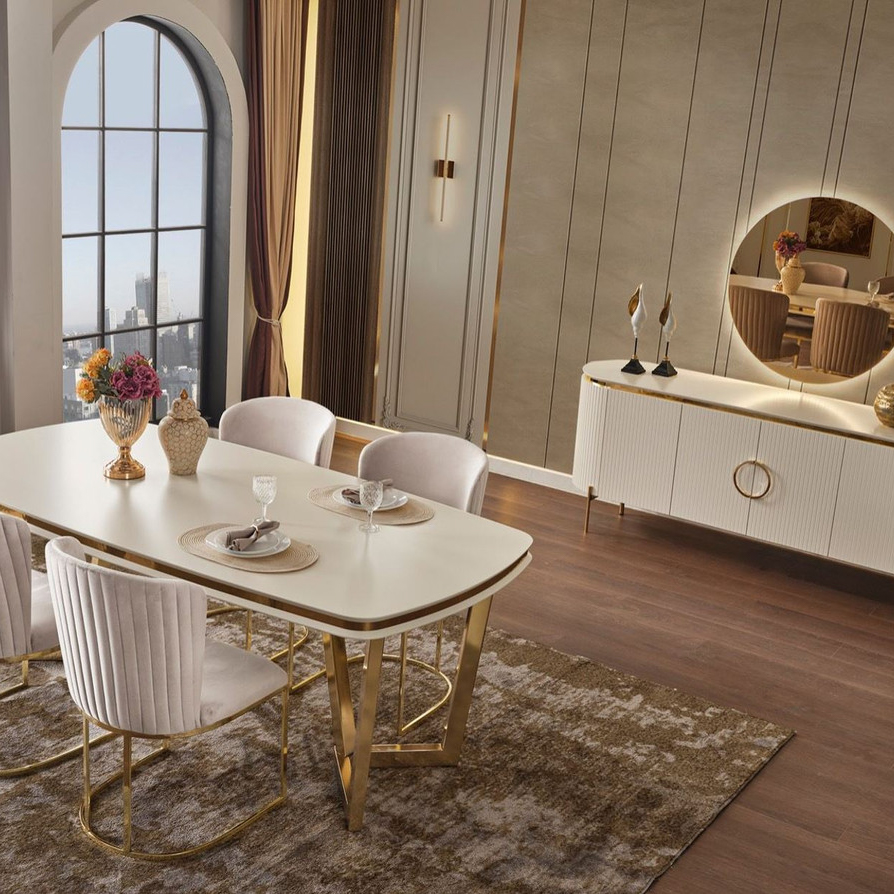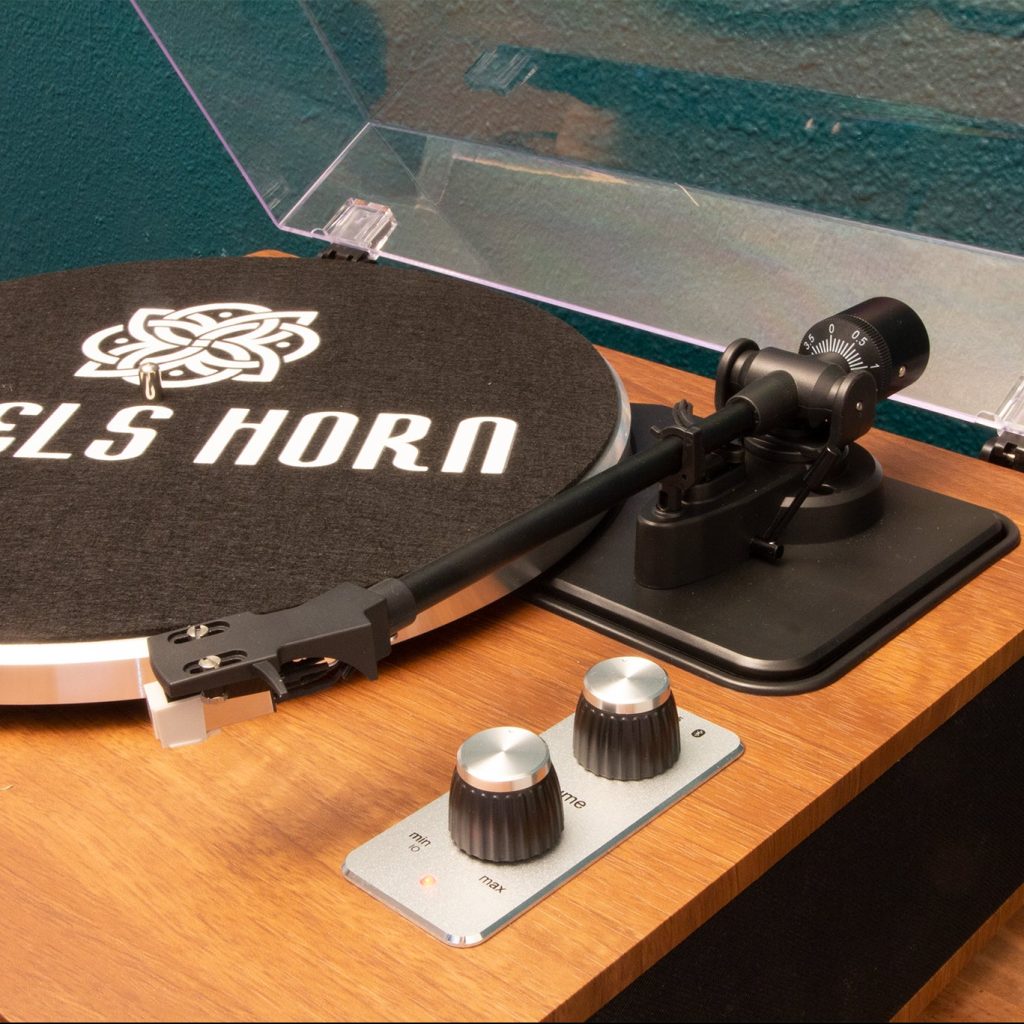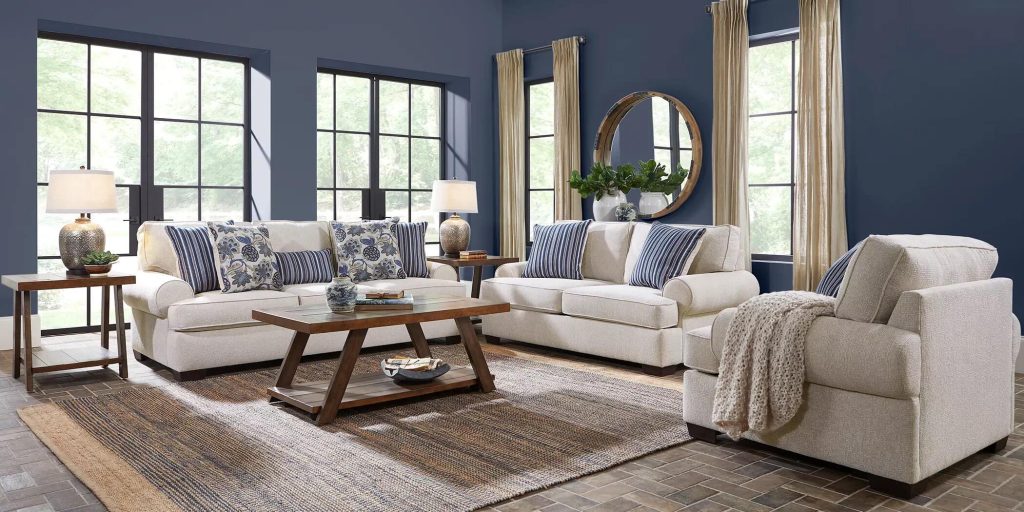A well-designed living room is essential for creating a comfortable and inviting space in your home. It is the place where you relax, entertain guests, and spend quality time with your family. A thoughtfully designed living room can enhance the overall aesthetic of your home and make it a more enjoyable place to live. In this article, we will explore various aspects of living room design, including assessing your space, choosing a color scheme, selecting furniture, lighting, textures and fabrics, accessorizing, wall art, flooring, window treatments, and maintenance.
Assess Your Space: Tips for Measuring and Planning Your Living Room Design
Before you start designing your living room, it is important to assess the space you have available. Measuring your living room will help you determine the size and scale of furniture and other elements that you can incorporate into the design. Start by measuring the length and width of the room, as well as any alcoves or recessed areas. This will give you a clear idea of how much space you have to work with.
Once you have measured your living room, create a floor plan to help you visualize how different elements will fit into the space. Consider the flow of traffic and how people will move around the room. Arrange furniture in a way that allows for easy movement and conversation. If you have an awkwardly shaped living room, such as one with angled walls or odd corners, think creatively about how to make the most of the space. You may need to use modular furniture or custom-built pieces to maximize functionality.
Choose a Color Scheme: Tips for Selecting the Perfect Palette for Your Living Room
Choosing the right color scheme is crucial for creating a cohesive and visually appealing living room design. The colors you choose will set the mood and atmosphere of the space. Start by considering the overall style and theme you want to achieve in your living room. Do you prefer a modern and minimalist look, or a more traditional and cozy feel? Once you have a clear vision in mind, you can begin selecting colors that align with your desired aesthetic.
When selecting a color palette, consider the size and natural lighting of your living room. Lighter colors can make a small room feel more spacious, while darker colors can add warmth and coziness to a larger space. It is also important to consider the existing colors in your home, such as the flooring and other adjacent rooms. Choose colors that complement and harmonize with the overall color scheme of your home.
Incorporating accent colors is a great way to add visual interest and personality to your living room design. Choose one or two accent colors that complement your main color scheme and use them sparingly throughout the space. This could be through throw pillows, artwork, or decorative accessories. Accent colors can help create focal points and draw attention to specific areas of the room.
Furniture Selection: Tips for Choosing the Right Pieces for Your Living Room
The furniture you choose for your living room will greatly impact its overall functionality and aesthetic. It is important to select pieces that are not only visually appealing but also comfortable and durable. Consider the size of your living room when choosing furniture, as oversized pieces can make a small space feel cramped, while too small pieces can make a large space feel empty.
When selecting furniture, think about the style and theme you want to achieve in your living room. Do you prefer a modern and sleek look, or a more traditional and cozy feel? Choose furniture that aligns with your desired aesthetic. It is also important to consider the practicality of the furniture. If you have young children or pets, opt for furniture that is easy to clean and maintain.
Arranging furniture in your living room is just as important as selecting the right pieces. Consider the flow of traffic and how people will move around the room. Arrange furniture in a way that allows for easy conversation and movement. Avoid blocking windows or doorways, and leave enough space for people to walk around comfortably. Experiment with different furniture arrangements until you find one that works best for your space.
Lighting: Tips for Creating the Perfect Ambiance in Your Living Room
Proper lighting is essential for creating the perfect ambiance in your living room. It can greatly impact the mood and atmosphere of the space. When selecting lighting for your living room, consider the different types of lighting available and how they can be used to create different effects.
Start by considering the natural lighting in your living room. If you have large windows that let in a lot of natural light, you may not need as much artificial lighting during the day. However, if your living room lacks natural light, you will need to rely more on artificial lighting to brighten up the space.
Incorporate a combination of ambient, task, and accent lighting to create layers of light in your living room. Ambient lighting provides overall illumination and can be achieved through ceiling lights or wall sconces. Task lighting is focused lighting that is used for specific activities, such as reading or working on a laptop. This can be achieved through table lamps or floor lamps. Accent lighting is used to highlight specific areas or objects in the room, such as artwork or architectural features. This can be achieved through spotlights or track lighting.
Textures and Fabrics: Tips for Adding Depth and Interest to Your Living Room Design

Textures and fabrics play a crucial role in adding depth and interest to your living room design. They can help create a cozy and inviting atmosphere, as well as add visual interest and variety to the space. When selecting textures and fabrics for your living room, consider the overall style and theme you want to achieve.
Start by choosing a variety of textures that complement each other and add visual interest to the space. This could include textured wallpaper, woven rugs, plush upholstery, and soft curtains. Mix and match different textures to create a layered and multidimensional look. For example, pair a smooth leather sofa with a chunky knit throw blanket, or a sleek glass coffee table with a shaggy rug.
When selecting fabrics for your living room, consider the durability and practicality of the materials. If you have young children or pets, opt for fabrics that are easy to clean and maintain. Consider the color and pattern of the fabrics as well, as they can greatly impact the overall aesthetic of the space. Choose fabrics that complement your color scheme and add visual interest to the room.
Accessorizing: Tips for Adding the Finishing Touches to Your Living Room
Accessories are the finishing touches that can elevate your living room design and make it feel complete. They add personality and style to the space, as well as provide functionality and practicality. When selecting accessories for your living room, consider the overall style and theme you want to achieve.
Start by choosing accessories that complement your color scheme and add visual interest to the space. This could include throw pillows, blankets, artwork, decorative vases, candles, and plants. Mix and match different textures and materials to create a layered and eclectic look. For example, pair a velvet pillow with a woven basket or a metallic vase with a wooden tray.
When arranging accessories in your living room, consider the scale and proportion of the items. Avoid overcrowding surfaces or creating cluttered arrangements. Instead, create focal points by grouping accessories together in odd numbers or arranging them in a visually pleasing way. Experiment with different arrangements until you find one that works best for your space.
Wall Art: Tips for Selecting and Arranging Artwork in Your Living Room
Wall art is an important element of living room design as it adds personality and visual interest to the space. It can also help tie together the different elements of your living room and create a cohesive look. When selecting artwork for your living room, consider the overall style and theme you want to achieve.
Start by choosing artwork that complements your color scheme and adds visual interest to the space. This could include paintings, prints, photographs, or sculptures. Consider the size and scale of the artwork in relation to the wall it will be displayed on. A large statement piece can create a focal point in the room, while a gallery wall can add visual interest and variety.
When arranging artwork in your living room, consider the height at which it will be displayed. Hang artwork at eye level to ensure it is easily visible and appreciated. If you have multiple pieces of artwork, experiment with different arrangements until you find one that works best for your space. Consider the balance and symmetry of the arrangement, as well as the overall flow of the room.
Flooring: Tips for Choosing the Right Type of Flooring for Your Living Room
The flooring you choose for your living room can greatly impact its overall aesthetic and functionality. It is important to select a flooring material that is not only visually appealing but also durable and easy to maintain. When selecting flooring for your living room, consider the style and theme you want to achieve.
Start by considering the different types of flooring available and how they will work with your overall design. Hardwood flooring is a popular choice for living rooms as it adds warmth and elegance to the space. It is also durable and easy to clean. Laminate flooring is a more affordable alternative to hardwood and can mimic its appearance. Carpeting is another option that adds comfort and coziness to a living room.
When choosing flooring, consider the size and natural lighting of your living room. Lighter flooring can make a small room feel more spacious, while darker flooring can add warmth and coziness to a larger space. It is also important to consider the practicality of the flooring. If you have young children or pets, opt for flooring that is easy to clean and maintain.
Window Treatments: Tips for Selecting the Perfect Window Coverings for Your Living Room
Window treatments are an important element of living room design as they provide privacy, control light, and add style to the space. When selecting window coverings for your living room, consider the overall style and theme you want to achieve.
Start by considering the different types of window coverings available and how they will work with your overall design. Curtains and drapes are a popular choice as they add softness and elegance to a living room. They can be made from a variety of fabrics and come in different colors and patterns. Blinds and shades are another option that provide privacy and light control. They come in a variety of materials, such as wood, vinyl, or fabric.
When choosing window coverings, consider the size and shape of your windows. Floor-to-ceiling curtains can make a small room feel taller, while shorter curtains can create a more casual and relaxed look. Consider the color and pattern of the window coverings as well, as they can greatly impact the overall aesthetic of the space. Choose window coverings that complement your color scheme and add visual interest to the room.
Maintenance: Tips for Keeping Your Living Room Design Looking Beautiful and Fresh
Once you have designed your living room, it is important to maintain it to keep it looking beautiful and fresh. Regular cleaning and maintenance will help prolong the life of your furniture and accessories, as well as keep the space looking tidy and inviting.
Start by establishing a regular cleaning routine for your living room. Dust furniture regularly to prevent buildup and use appropriate cleaning products for different materials. Vacuum or sweep the floors regularly to remove dirt and debris. Clean windows and window coverings periodically to keep them looking fresh.
In addition to regular cleaning, periodically refresh your living room design by rearranging furniture, updating accessories, or adding new artwork. This will help prevent the space from feeling stagnant and give it a fresh and updated look. Consider changing out throw pillows, swapping out artwork, or adding new plants to breathe new life into the space.
Designing a well-thought-out living room is essential for creating a comfortable and inviting space in your home. By assessing your space, choosing the right color scheme, selecting the right furniture, lighting, textures and fabrics, accessorizing, incorporating wall art, choosing the right flooring and window treatments, and maintaining your living room design, you can create a beautiful and functional space that reflects your personal style. Use the tips provided in this article to create a living room that you and your family will love spending time in.



